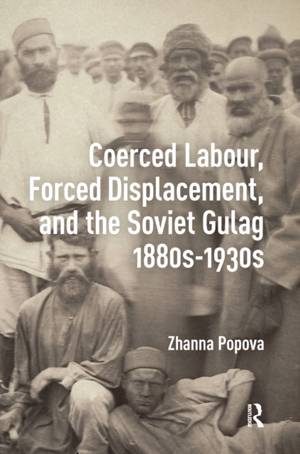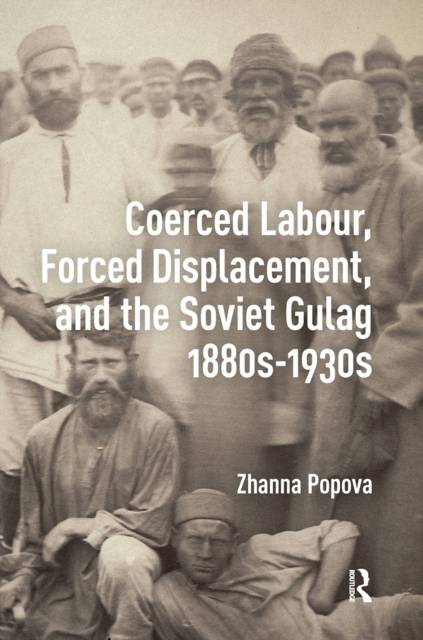
- Afhalen na 1 uur in een winkel met voorraad
- Gratis thuislevering in België vanaf € 30
- Ruim aanbod met 7 miljoen producten
- Afhalen na 1 uur in een winkel met voorraad
- Gratis thuislevering in België vanaf € 30
- Ruim aanbod met 7 miljoen producten
Zoeken
Coerced Labour, Forced Displacement, and the Soviet Gulag, 1880s-1930s
Zhanna Popova
€ 213,95
+ 427 punten
Omschrijving
Exploring the emergence of this vast Soviet system of concentration camps in long-term perspective, this book aims to inscribe this process within global histories of coerced labour, forced displacement, and punishment. It highlights the inextricable interconnection of coerced labour and forced displacement as tools of punishment in the multitude of their historical forms.
Specificaties
Betrokkenen
- Auteur(s):
- Uitgeverij:
Inhoud
- Aantal bladzijden:
- 240
- Taal:
- Engels
- Reeks:
Eigenschappen
- Productcode (EAN):
- 9789048560356
- Verschijningsdatum:
- 8/07/2024
- Uitvoering:
- Hardcover
- Formaat:
- Genaaid
- Afmetingen:
- 163 mm x 239 mm
- Gewicht:
- 557 g

Alleen bij Standaard Boekhandel
+ 427 punten op je klantenkaart van Standaard Boekhandel
Beoordelingen
We publiceren alleen reviews die voldoen aan de voorwaarden voor reviews. Bekijk onze voorwaarden voor reviews.








